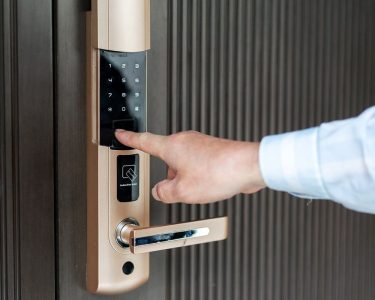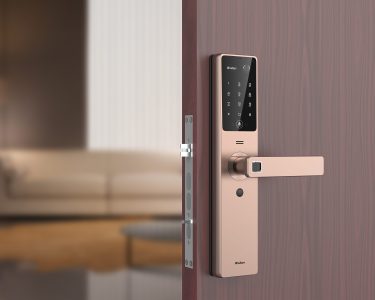Introduction
Living in a tiny house means enjoying simplicity, sustainability, and freedom. But creating a home office in a small space can be challenging. A well-planned office helps you work better and stay focused. It can also be a peaceful place for creativity. This article shares practical tips for setting up a home office in a tiny house. You’ll learn how to use every inch wisely while keeping it stylish and comfortable. Whether you work from home, run a business, or need a quiet space to study, these ideas will help you create a productive and inviting office.
What Is a Functional Home Office in a Tiny House?
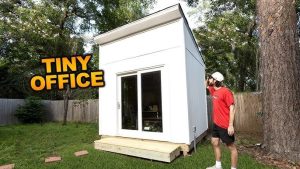
A home office in a tiny house is a workspace that meets your needs while fitting into a small space. It takes smart planning and creative design to make the most of limited room without losing function or style. Your office should have the basics for productivity, like a comfy desk, a good chair, and proper lighting, while blending with your home’s design. The goal is to create a space that helps you work efficiently and stay inspired.
Setting up a tiny house office requires careful planning. Every piece of furniture and decor should be useful and add to the space’s function. With smart design, you can create a workspace that supports your work and personal goals, even in a small area.
How to Create a Functional Home Office in a Tiny House
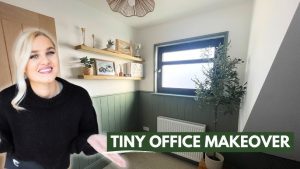
1. Assess Your Space and Needs
Before setting up your home office, look around your tiny house to find the best spot. Think about natural light, noise, and privacy. Consider what work you need to do and what equipment you need. Knowing your needs will help you focus on the most important features and design choices.
2. Smart Furniture and Multi-Functional Design
In a small space, furniture should have more than one use. Choose a desk with storage, or a foldable one that you can put away when not needed. A good chair should be comfortable and supportive but also compact. Look for furniture that can serve multiple purposes, like a workbench that also works as a dining table.
To save space, try wall-mounted desks, floating shelves, and multi-use storage. Custom-built furniture can fit your space perfectly, making sure no area is wasted.
3. Optimize Lighting and Ambiance
Good lighting helps you work better, especially in a small space. Place your desk near a window to get as much natural light as possible. Use adjustable LED lights that feel like daylight to reduce eye strain and create a comfortable work area. Soft lighting can also make your space feel warm and inviting.
Add task lighting for your desk and gentle accent lights to highlight decor. The right lighting makes it easier to see, boosts your mood, and helps you stay productive.
4. Organize and Declutter
Keeping your space tidy is important in a tiny house. Use smart storage to stay organized. Vertical storage works best try shelves, pegboards, and wall organizers to hold supplies without using floor space. Label containers and clean up regularly to avoid clutter.
A minimalist setup helps you focus and stay productive. Every item should have a place, and anything unnecessary should be removed. This keeps your office looking neat and creates a calm, efficient workspace.
5. Incorporate Technology Wisely
Technology is key in a tiny home office. Use wireless devices to avoid messy cables and choose small gadgets to save space. Make sure you have fast, reliable internet for smooth work. A good monitor, laptop, or tablet can help you stay productive without taking up too much room.
Store files in the cloud and use online tools to stay organized and work from anywhere. These tech solutions make work easier and reduce the need for extra equipment.
6. Personalize Your Space
Your home office should feel personal and inspiring. Add artwork, quotes, or photos that motivate you. Even in a small space, a well-decorated area can boost your mood and productivity. Choose colors, textures, and decor that help you feel relaxed and focused. When your workspace matches your style, working from home becomes more enjoyable.
7. Incorporate Break Areas
Even in a small space, it’s important to have a spot for breaks. A cozy chair or a mini lounge can give you a place to relax during work. Keep this area separate from your desk to create a clear divide between work and rest. Regular breaks help you stay refreshed and avoid burnout.
8. Consider Ergonomics
A good home office should be comfortable and support your posture. Set up your desk and chair to avoid strain on your body. Keep your computer screen at eye level and adjust your chair so your feet rest flat on the floor. A well-designed workspace helps prevent pain and boosts focus. Even small changes can improve your comfort and productivity.
Practical Tips for Enhancing Your Tiny House Office
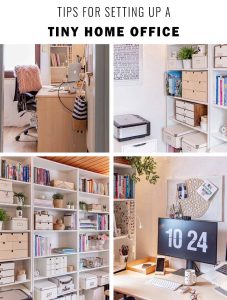
Make the most of your tiny house office with these tips:
- Plan your layout by sketching a floor plan and choosing a workspace.
- Use wall shelves and cabinets to keep things organized without using floor space.
- Choose light colors and mirrors to make the space look bigger and brighter.
- Get foldable or portable furniture that you can store or adjust when needed.
- Clean up regularly to keep your office neat and clutter-free.
These small habits help create a workspace that is productive and comfortable.
The Future of Tiny House Home Offices
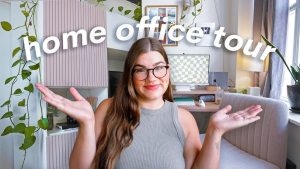
As more people embrace minimalist and sustainable living, the trend of creating functional home offices in tiny houses is likely to grow. Advances in multi-functional furniture, compact technology, and innovative storage solutions will continue to enhance the way we design small spaces. Future designs may incorporate more smart home technologies, such as voice-controlled lighting and automated storage systems, to further streamline the work environment. Staying updated with these trends can provide inspiration and practical ideas for your own space.
Comparative Table: Key Elements for a Functional Home Office in a Tiny House
| Element | Description | Benefit |
|---|---|---|
| Space Assessment | Evaluate available space and determine office location | Ensures optimal use of limited space |
| Multi-Functional Furniture | Choose items that serve dual purposes, like a desk with storage | Maximizes functionality in a small area |
| Optimized Lighting | Use natural light and adjustable LED task lighting | Enhances visibility and creates a pleasant ambiance |
| Smart Storage Solutions | Implement vertical storage, shelves, and wall organizers | Reduces clutter and organizes essentials |
| Technology Integration | Incorporate compact gadgets and wireless devices | Minimizes clutter and boosts productivity |
| Personalization | Add decor and personal touches that inspire creativity | Increases motivation and creates a unique space |
| Ergonomic Design | Ensure proper desk, chair, and monitor setup | Promotes health, comfort, and focus |
| Break Area | Designate a small area for relaxation separate from the main workspace | Prevents burnout and improves overall efficiency |
Conclusion
In summary, creating a functional home office in a tiny house requires thoughtful planning, creative design, and the use of space-saving solutions. By focusing on multi-functional furniture, optimized lighting, smart storage, and personalization, you can transform even the smallest area into an efficient, productive workspace. Integrating technology, practicing ergonomics, and maintaining a balance between work and leisure will further enhance your environment. Embrace these strategies to not only boost productivity but also enrich your overall tiny house living experience.



